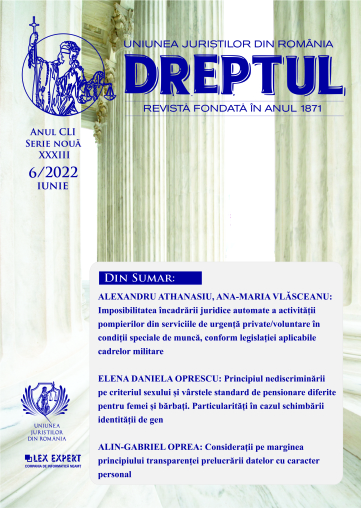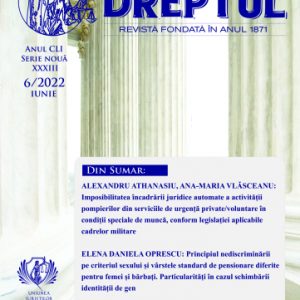The active procedural quality in the direct guarantee action is one of the basic elements of the legal mechanism, regardless of whether we are talking about the active or the passive one. At first glance, we would say that the mechanism of direct action in general should not create too much discussion about its protagonists. However, in legal practice there has been a confusion about the subjects of the direct action, which has led to the questioning of the creditor’s active procedural capacity within the legal mechanism. Through this study, we are trying to shed some light on the practical application of direct collateral action, but
also on the interest and procedural quality of the creditor and the debtor within the legal mechanism.
Also, since the direct action in classic guarantee does not have a legal basis, unlike the direct action in payment, being derived from the notion of group of contracts, we will show why, in order to avoid contesting the procedural quality of the creditor within the legal mechanism of the direct action under warranty, the contracting parties must expressly insert a clause in the contract giving their consent to the transfer of the right of action to the sub-acquirer, in order to strengthen the transfer of the right of action under the guarantee for hidden defects. At the same time, as the direct action is an exception to the principle of relativity of
the effects of the contract, the legislator is obliged to intervene, by introducing expressly some texts in the Civil Code, both in terms of the guarantee for eviction and in terms of the guarantee for hidden defects, so that the direct action in the guarantee finds its practical application. Only in this way will creditors be able to be protected from the effects of the exception of the lack of active procedural capacity, in terms of both guarantees provided by law (hidden defects and eviction).
CALITATEA PROCESUALĂ ACTIVĂ ȘI PASIVĂ ÎN CADRUL ACȚIUNII DIRECTE ÎN GARANȚIE. STUDIU DE PRACTICĂ JUDICIARĂ
15.00lei


